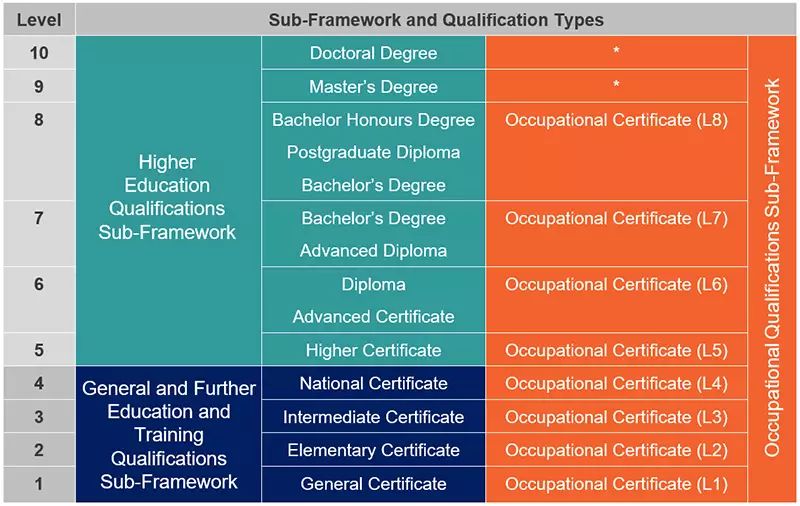“Physical asset management (PAM) is the way of the future for companies wanting to remain competitive, improve their performance and increase their bottom line,” says Adriaan Scheeres, CEO of Pragma.“For companies to survive, they need to make physical asset management part of their future strategic and competitive drive.”
According to Scheeres, physical asset management is starting to really take off as more emphasis is placed on this tool as part of effective management planning. “Physical asset management can truly make an enormous contribution to your company’s bottom line. Firstly, your assets can be used for much longer i.e. you can effectively extend the life span of your physical asset as well as increase its efficiency and output. You can also save as much as 30% on the lifecycle cost of your physical assets, which makes it less capital intensive as you won’t need to replace it as often, thereby decreasing your investment in assets by up to 25%. The added advantage of this is that it leads to a smaller carbon footprint as resource management effectively decreases your use of various forms of energy. Without a shadow of a doubt, improved asset management leads to higher profits.”
Scheeres continues: “In the current economic climate, most companies are under pressure to perform and also to spend less capital. The first step in this process should be effective physical asset management. The recent International Organisation for Standardisation (ISO) /PC 251 workshops in Arlington, Washington DC is testimony to the fact that the ISO 55 000 for asset management is well on its way to becoming a reality. This underpins the fact that physical asset management is a key success factor and driver for business. You can’t make money without effective assets. For example, if you’re in the transport business, and your bus or truck breaks down, you can’t deliver.”
Physical asset management is not a new field of expertise, but in the past most companies simply replaced their assets with new ones. “Physical asset management was totally reactive. The profitability of companies overshadowed the costs of new assets. In today’seconomy things have changed. Physical asset management has become a trend in the fight to increase margins. It’s a highly technical field and can be compared to civil engineering and architecture. Companies have come to realise that a combination of expertise and professional asset management companies are needed to achieve this.
“We’ve also noticed that more and more suppliers of physical assets have started to follow the motor vehicle industry, selling products with a service plan. This lowers the operating trade risk. In fact, asset management has become one of the cornerstones of risk management.”
Scheeres says that effective asset management can increase the throughput in factories by up to 12%, which translates to more products to sell with the same capacity. “In the mining industry, effective physical asset management can lead to around 14% in savings. In the healthcare sector, effective asset management would not only mean savings in costs, but also lives. It’s of paramount importance in this industry that the equipment work according to specification to prevent loss of lives or injury. With distribution facilities, the saving is16% or more.”
One of Scheeres’ future dreams is to establish the concept of physical asset management in the BRIC countries of Brazil, Russia, India and China. “We want to establish Pragma as one of the leading companies to assist responsible asset owners in these countries. We’d also like to see our assessment methodology become a worldwide standard and register our physical asset management tools as part of ISO 55 000. We would like to make Pragma assessment a de facto standard to deliver ISO.
“The concept of physical asset management will show enormous growth in the next 10 years and will at least triple. Any company with physical assets will gain from asset management and no company will remain competitive without this,” Scheeres concludes.
Says Scheeres: “At Pragma, we focus on the following industries – power generation and distribution, mining and minerals, FMCG, healthcare including hospitals and clinics, and distribution facilities where assets are spread over large areas such as Shell. Since our inception, our growth has been phenomenal, and despite the current economic climate, we’ve shown an average increase of 14% per annum over the past five years.”
Scheeres was busy with his Masters degree in Information Technology when he came up with the idea of starting a consulting business in asset management. As the strategic driving force behind Pragma’s vision to become the world’s first-choice supplier of asset management solutions, Scheeres also pioneered the establishment of Pragma’s On Key software and Asset Care outsourcing solution.
Scheeres and Arnold Botha founded Pragma in June 1990, with their first office situated in Stellenbosch, and projects at Denel, University of the Western Cape (UWC) and City of Cape Town (COCT). Their biggest initial challenge was to convince clients of the potential advantages of a fully-fledged asset management programme.
Today the company now boasts offices in Cape Town, Midrand, Port Elizabeth and Durban as well as two offices in Brazil, and employs more than 350 staff worldwide. It also has value-added resellers based in Ireland, Portugal and Australia offering asset management solutions based on the Pragma methodology known as ‘The Pragma Way’.
For more information visit www.pragmaworld.net.
